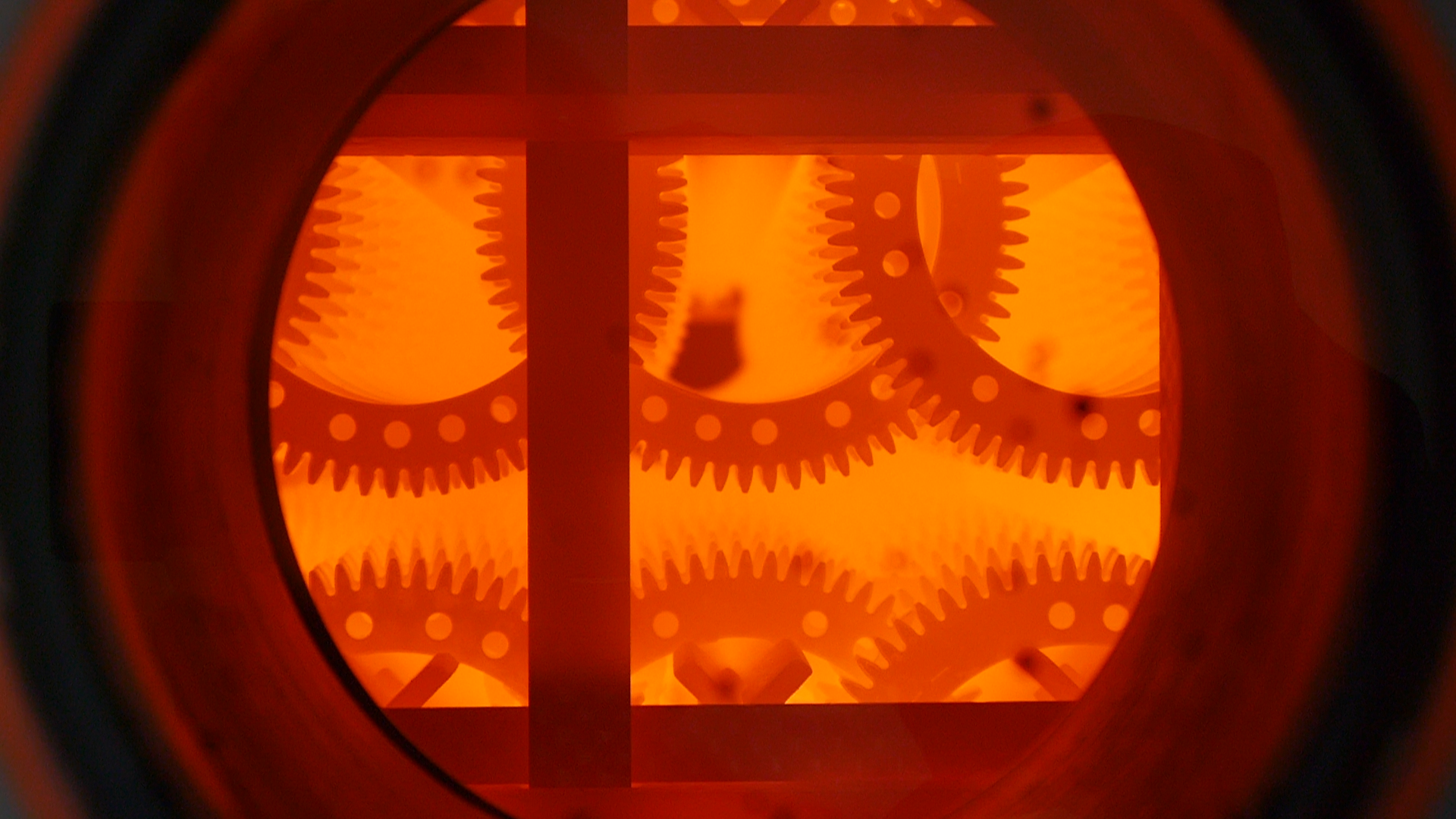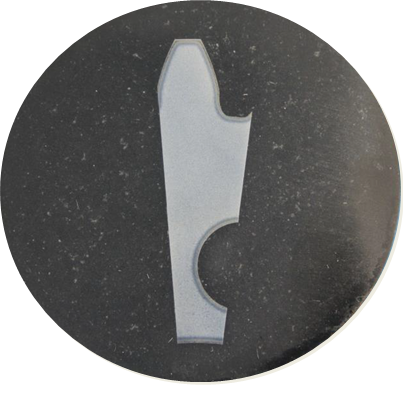Low Pressure Carburizing (LPC)
Low Pressure Carburizing (LPC) is also known as Vacuum Carburizing. Similar to other case hardening processes, the goal of Vacuum Carburizing is to obtain a part with a solid, tough core and a hard, wear-resistant surface. LPC has been established as one of the most popular case hardening processes. It is applied to increase the fatigue limit of dynamically loaded components. Typical applications include gear parts, machine components, bearing components as well as injection systems for engines. Case hardening essentially consists of three steps. The parts are first austenitized, then carburized and once the required carbon profile is reached, they are quenched which is followed by a tempering step.
The LPC process takes place in a temperature range between 870 °C to 1050 °C with a pressure range between 5 mbar and 15 mbar. In most cases the vacuum carburizing temperature is between 920 °C and 980 °C. During the complete process, the treated components are not exposed to any traces of oxygen.

Oxygen-free hydrocarbons such as acetylene C2H2 (ethyne) are used as carbon source. The hydrocarbons are injected into the furnace chamber, creating a pressure of a few millibars. The use of acetylene is recommended since it provides a homogenous carburizing even for complex shapes, such as bores and even blind holes.
Once the targeted carbon profile is obtained, the parts are quenched. In most cases High Pressure Gas Quenching (HPGQ) is applied after LPC with pressures up to 20 bar of nitrogen or helium.
When combining Low Pressure Carburzing (LPC) with High Pressure Gas Quenching (HPGQ), the process provides the following advantages compared to traditional Gas Carburizing combined with Oil Quenching:
- excellent carburizing homogeneity even for components with complex shape
- avoiding intergranular oxidation (IGO) and surface oxidation
- clean surfaces of parts after heat treatment, no washing of parts necessary
- environmentally friendly process (small consumption of resources; no disposal of oil, salt bath residues or detergent residues)
- potential to reduce heat treat distortion (unwanted changes of the part-geometry during heat treatment in form and size)

All standardized case hardening steels such as 4120, 4320, 5120, 5130, 52100, 8625, 9310, 18CrNi8, 20MnCr5, 27MnCr5, 18CrNiMo7-6, 8620 (for small parts), 16MnCr5 (for small parts), can be treated with LPC and HPGQ. The core hardness after treatment will of course depend on the geometry of the treated components and on the hardenability of the chosen steel grade.
If necessary, the components can be partially mechanically shielded from carburizing during the LPC process, e.g. if threads need to be kept soft. By doing so, subsequent expensive hard machining operations can be avoided.
